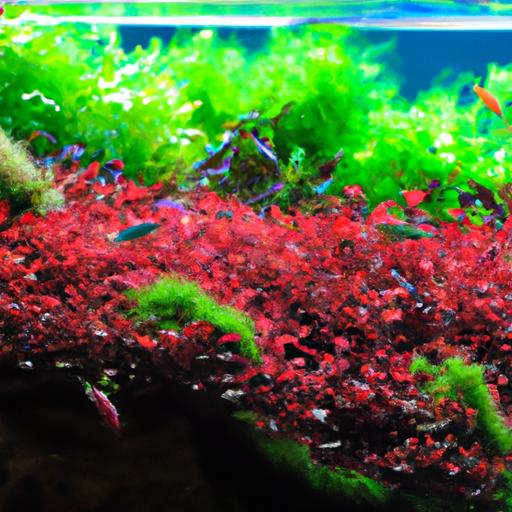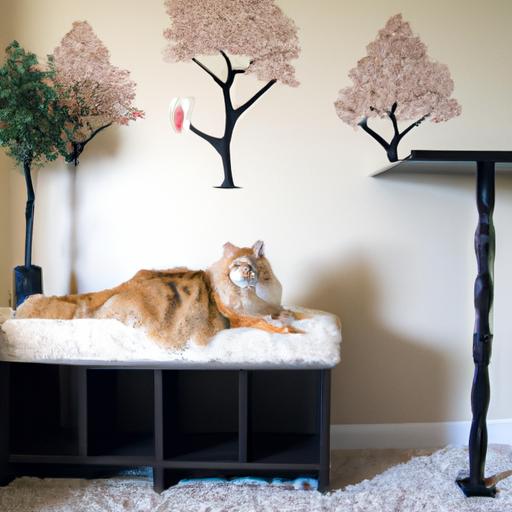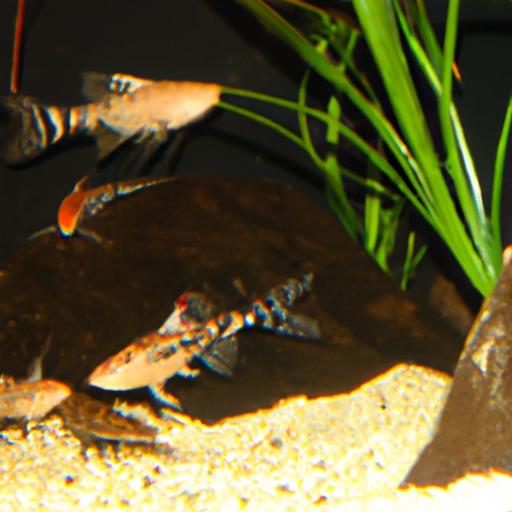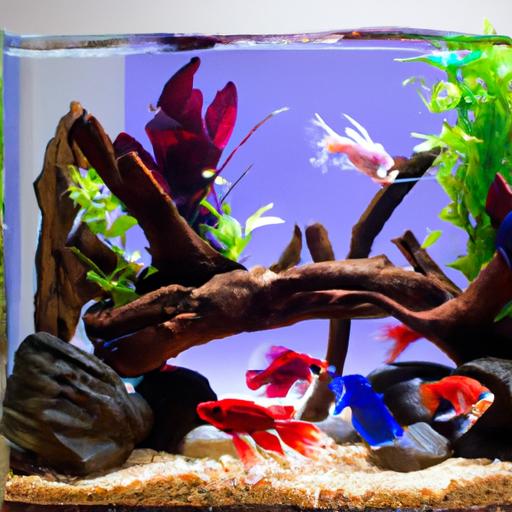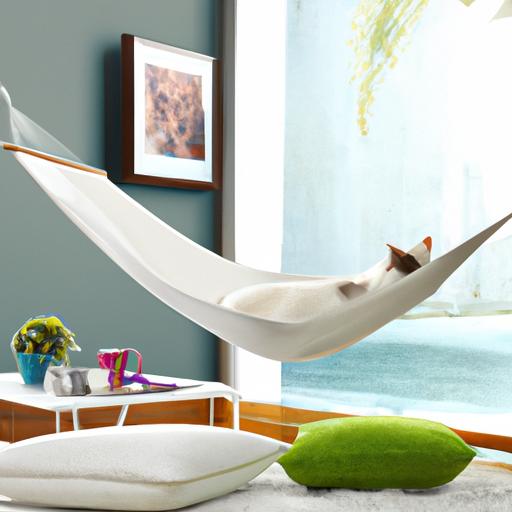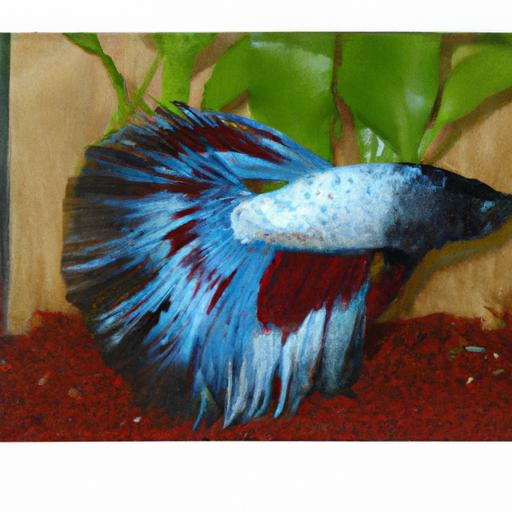
Tips for Cat-Proofing Your Home
Ensure the safety of your feline companion with these expert tips! Discover effective “Tips for Cat-Proofing Your Home” and create a secure environment.
Introduction
Are you a proud cat owner? Ensuring the safety and well-being of your feline friend is of paramount importance. Cats are naturally curious creatures with a knack for exploration, which can sometimes lead them into potentially dangerous situations within our homes. That’s why it’s crucial to cat-proof your living space. In this article, we will provide you with expert tips on how to create a cat-friendly and secure environment. By implementing these measures, you’ll be able to relax knowing that your beloved pet is safe from harm.
Tips for Cat-Proofing Your Home
Securing Windows and Balconies
Cats love to sit by windows and watch the world go by. However, open windows or unsecured balconies can pose a significant risk. To prevent accidents, consider installing window screens or window guards that are sturdy enough to withstand your cat’s weight. These safeguards will allow your feline companion to enjoy the view while ensuring their safety.
Protecting Electrical Cords and Wires
Cats are notorious for their curiosity towards electrical cords and wires, which can lead to electrocution or other injuries. To prevent accidents, secure loose cords and wires against walls or use cord concealers. Additionally, you can apply a bitter apple spray or cover cords with PVC tubing to deter your cat from chewing on them. By taking these precautions, you’ll safeguard your cat and minimize the risk of electrical hazards.
Removing Toxic Plants and Chemicals
Many common household plants and chemicals can be toxic to cats if ingested. Take the time to research and identify which plants are harmful to your feline companion. Remove any toxic plants from your home or place them out of your cat’s reach. Moreover, store cleaning products, pesticides, and other chemicals in secure cabinets to prevent accidental exposure. Creating a green and chemical-free environment will promote your cat’s well-being.
Providing Safe Hideouts and Vertical Space
Cats love to explore and seek out cozy hideouts. Ensure your home provides ample safe spaces for your cat to retreat to. Consider purchasing cat trees or installing shelves to create vertical space that encourages climbing and exploration. These elevated areas will not only fulfill your cat’s natural instincts but also keep them entertained and mentally stimulated. Additionally, provide comfortable and secure hiding spots, such as enclosed beds or cat tunnels, where your feline friend can retreat when feeling anxious or overwhelmed.
FAQ (Frequently Asked Questions)
Can I use baby gates to restrict my cat’s access?
Yes, baby gates can be an effective way to limit your cat’s access to certain areas of your home. However, keep in mind that cats are skilled jumpers and climbers. Opt for tall and sturdy gates that are specifically designed for cats or consider using pet-specific barriers that attach to door frames.
How can I prevent my cat from scratching furniture?
To protect your furniture from your cat’s claws, provide alternative scratching surfaces such as scratching posts or boards. Place these items near the furniture your cat tends to scratch. Additionally, regularly trim your cat’s nails and use deterrent sprays or double-sided tape to discourage scratching on inappropriate surfaces.
Is it necessary to cover electrical outlets?
Covering electrical outlets is crucial to prevent your cat from accidentally electrocuting themselves. Use outlet covers or consider using furniture or decorative items to block access to outlets that are not in use. Being proactive in securing electrical outlets will ensure your cat’s safety.
What are some cat-friendly alternatives to toxic plants?
If you want to add greenery to your home without risking your cat’s health, consider cat-friendly plants such as catnip, cat grass, or spider plants. These plants are safe for cats to nibble on and can provide them with mental stimulation. Always research the plants you bring into your home to ensure they are non-toxic to your furry companion.
Conclusion
In conclusion, cat-proofing your home is an essential step in providing a safe and secure environment for your feline friend. By securing windows and balconies, protecting electrical cords and wires, removing toxic plants and chemicals, and providing safe hideouts and vertical space, you can significantly reduce the risk of accidents or injuries. Remember, your cat’s safety is in your hands. Implement these tips today and enjoy peace of mind knowing that your beloved pet is protected.
















